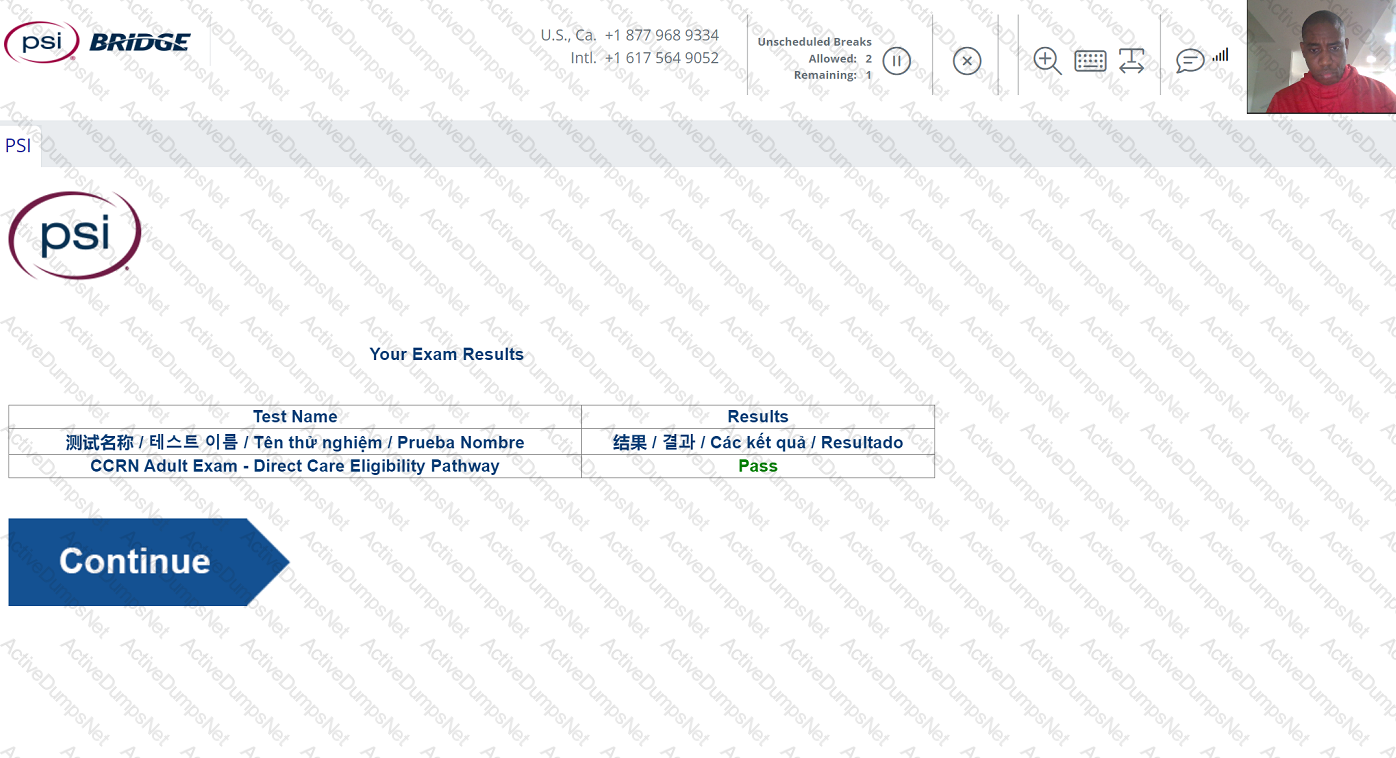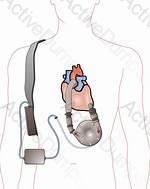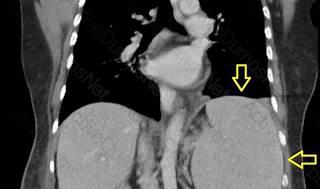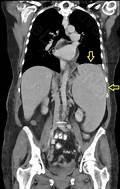AACN CCRN-Adult CCRN (Adult) - Direct Care Eligibility Pathway Exam Practice Test
CCRN (Adult) - Direct Care Eligibility Pathway Questions and Answers
The goal of PEEP therapy in acute lung injury (ALI) is to
A unit council is requesting to change a documentation screen of the electronic health record (EHR) at a large health system. The change was not discussed with the department prior to the request and was denied by the EHR committee. Which of the following strategies will most likely lead to accomplishing the team's goals?
An older adult patient has been in the unit for 60 hours. The patient has received benzodiazepines for agitation, opioids for persistent pain, and bronchodilators. The patient reports that there is too much noise, and they cannot get peace and quiet. The nurse should evaluate for
A patient who sustained acute head trauma exhibited intermittent unconsciousness prior to admission. The patient is disoriented initially and exhibits rapid deterioration in neurological status shortly after admission. X-rays reveal a right temporal bone fracture, and a diagnosis of epidural hematoma is made. The deterioration in the patient's condition is most likely associated with
A patient with a history of asthma presents with acute onset of dyspnea, a non-productive cough, and tachypnea. He is very anxious, restless, and tachycardic. Which of the following is a first-line drug for these symptoms?
The spouse of a critically ill patient is indecisive, withdrawn, and tells the nurse, "I feel so helpless." Appropriate nursing interventions include
Which of the following diagnostic procedures best pinpoints the location, size, and origin of a cerebral aneurysm?
A patient who sustained a C4 fracture requests to be taken off the ventilator 3 days after the initial injury, indicating, "I can't live hooked to this
machine." The nurse's best response to this patient would be,
To maintain adequate pain control in a post-surgical patient addicted to heroin, a nurse should plan to
A patient with acute renal failure has a serum potassium level of 7.2 mEq/L. The most appropriate immediate intervention for this patient is
A patient's blood culture report notes the presence of vancomycin resistant enterococcus. The nurse should place the patient in which type of isolation?
A patient is admitted for acute benzodiazepine overdose. Nursing interventions should include administration of
Which of the following intubated patients is most at risk for developing ventilator-associated pneumonia (VAP)?
A patient is admitted with anaphylactic shock secondary to a blood transfusion. The patient's spouse asks the nurse to explain how blood can cause a low blood pressure. The nurse responds that with anaphylactic shock the
After observing an increase in the occurrence of oral pressure injuries in intubated patients on the unit, the nurse should
A patient with a left ventricular assist device has been hospitalized for 5 days. A nurse notes anasarca and skin breakdown over multiple pressure points. When addressing the patient's nutritional needs, which of the following should the nurse consider?
A terminally ill patient is deteriorating. The patient's family states, "We don't want him to suffer any more." The most appropriate response is
A patient underwent bariatric surgery for weight loss 3 days ago. The patient appears anxious, restless, and reports increased abdominal pain over the last 24 hours. The nurse palpates mild subcutaneous crepitus over the neck. Vital signs are:
BP 106/64
HR 128
RR 27
T 100.4° F (38°C)
Which action should the nurse anticipate?
Which of the following serum laboratory results is most concerning to a nurse who is caring for a patient with a Stage Ill pressure ulcer on the coccyx?
A patient is recovering from CABG surgery. On postoperative day 3, the patient's laboratory values indicate thrombocytopenia and elevated liver function tests. The patient is scheduled for hemodialysis today. A nurse notifies the physician of the abnormal laboratory values. The nurse should next anticipate an order to
While recording hourly ventilator checks on a patient who is being mechanically ventilated, the nurse notes that the PIP has gradually increased by 5 cm H2O over the past 4 hours. This increase indicates
A patient is admitted with an acute anterior wall MI. Initial hemodynamic readings are:

The nurse anticipates initiating a plan of care for
The most appropriate therapy for carboxyhemoglobinemia is
In order to meet the spiritual needs of critically ill patients and their families, which of the following should the nurse understand regarding chaplain services?
A patient who experienced a blunt chest trauma in an automobile crash is admitted with multiple rib fractures. The patient is dyspneic and hypotensive and is reporting left shoulder pain. On auscultation, a nurse notes that bowel sounds can be heard over the lower left thorax. These findings are consistent with
A nurse should expect which of the following plans of care for a patient with a complicated RV infarction?
A patient with type 1 diabetes admitted for DKA for the third time in 6 months reports not following the medication plan prescribed by the endocrinologist.
Which of the following strategies should a nurse use first?
A patient lying on the left side in Trendelenburg position is in the correct position for postural drainage of which of the following lobes of the lungs?
After the administration of haloperidol (Haldol), a nurse should monitor closely for
A patient is receiving continuous enteral feedings via jejunostomy tube. The patient develops mild, intermittent diarrhea. Which of the following actions is most appropriate?
A patient with a history of alcohol abuse has been admitted for progressive dyspnea and leg swelling. Assessment findings include:
BP155/90
HR85
CVP12 mm Hg
Which of the following tests will provide the most definitive diagnosis?
A patient is admitted with a traumatic brain injury after being thrown from a horse. Despite numerous interventions, the patient is declared brain dead.
The parents have consented for organ donation, and the patient's mother requests to lay next to her daughter before being taken to the operating room.
Which of the following is the nurse's most appropriate response?
There is an increase in catheter-associated urinary tract infections (CAUTIs) following a change in urinary catheter insertion trays. After conducting a literature review of evidence-based practices regarding indwelling catheter insertion and care, the nurse should
Which of the following is most often associated with damage to the alveolar capillary membrane secondary to aspiration?
A patient who had a liver resection now has a copious amount of serous drainage from the surgical incision. Which of the following should a nurse anticipate when caring for this patient?
A patient with a hemorrhaging renal laceration has received two units of PRBCs and 500 mL of NS via IV bolus. Assessment reveals: BP 78/42; HR 148; UO 15 mL/hr; skin is cool and diaphoretic. While preparing the patient for emergency surgery, a nurse should administer
The family of a patient requests permission to administer traditional herbs to the patient. Which of the following should be the nurse's first action?
An older adult patient reports an inability to sleep due to staff waking the patient for frequent neurological assessments. In order to minimize sleep disruptions, the nurse should
A nurse is caring for a patient who had a gastric bypass procedure 2 days ago. A physician has ordered a gastric tube to be placed due to increased abdominal distention. The nurse realizes that this procedure will most likely need to be done
A patient with a history of six cardiac catheterizations relates that he has received differing instructions about the duration of required bedrest after the procedure. To further investigate this issue, which of the following is a nurse's most appropriate action?
Which of the following is the most common prerenal cause of acute tubular necrosis?
A ventilator-associated event (VAE) is best prevented by
Which of the following assessment findings would be found in a patient with pulmonary hypertension?
A patient presents with fever and chills, is diaphoretic, and reports experiencing abdominal and intermittent left shoulder pain for the past week. An
ultrasound shows an enlarged spleen. Vital signs are:
BP 106/59
HR 118
RR 23
T101.2° F (38.4° C)
When reviewing the lab report, which of the following findings is most significant to this presentation?
A patient underwent a successful percutaneous coronary intervention to the left anterior descending coronary artery. The patient suddenly begins to complain of dyspnea, jaw pain, and chest tightness. The bedside monitor displays sinus tachycardia and ST segment elevation in lead V2. The patient's neck veins are flat and BP is 152/98. Which of the following is the most likely cause of the patient's symptoms?

 Epidural hematoma
Epidural hematoma
 A screenshot of a computer
Description automatically generated
A screenshot of a computer
Description automatically generated Ventricular assist device
Ventricular assist device
 Haloperidol
Haloperidol Splenomegaly
Splenomegaly An x-ray of a person's body
Description automatically generated
An x-ray of a person's body
Description automatically generated